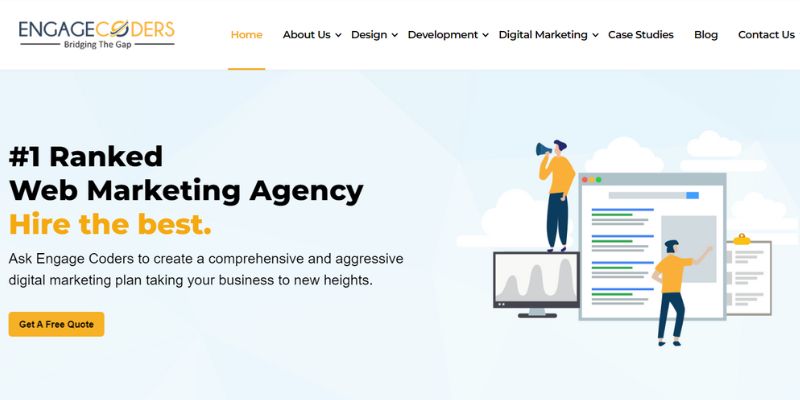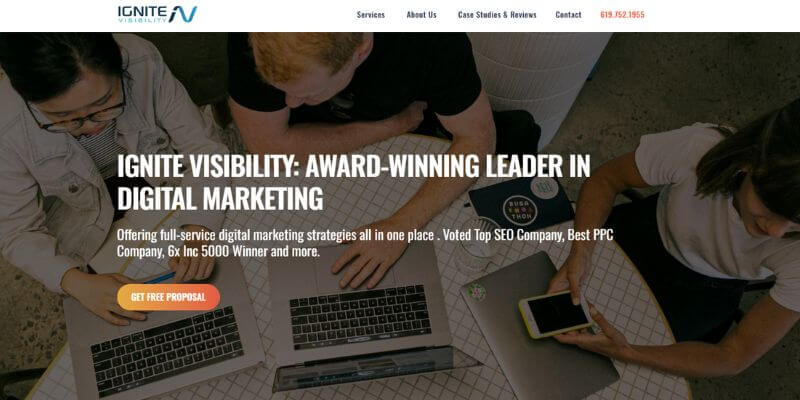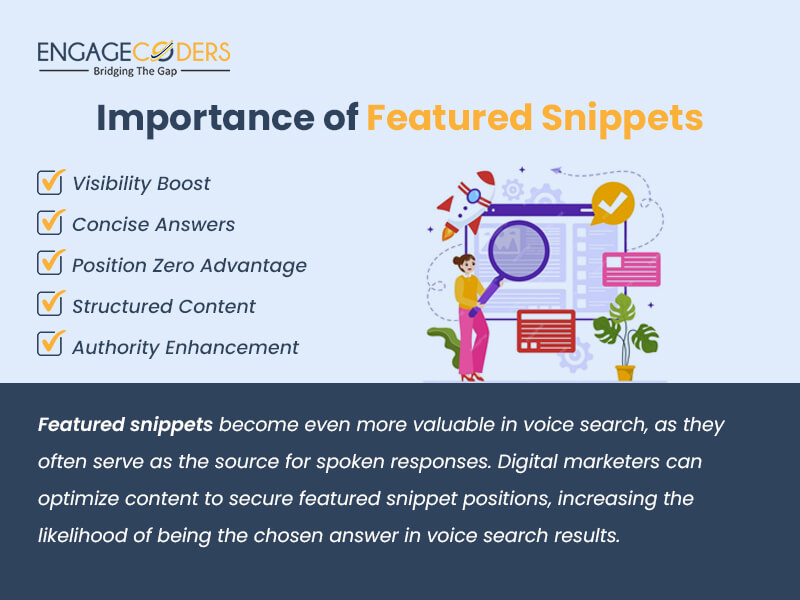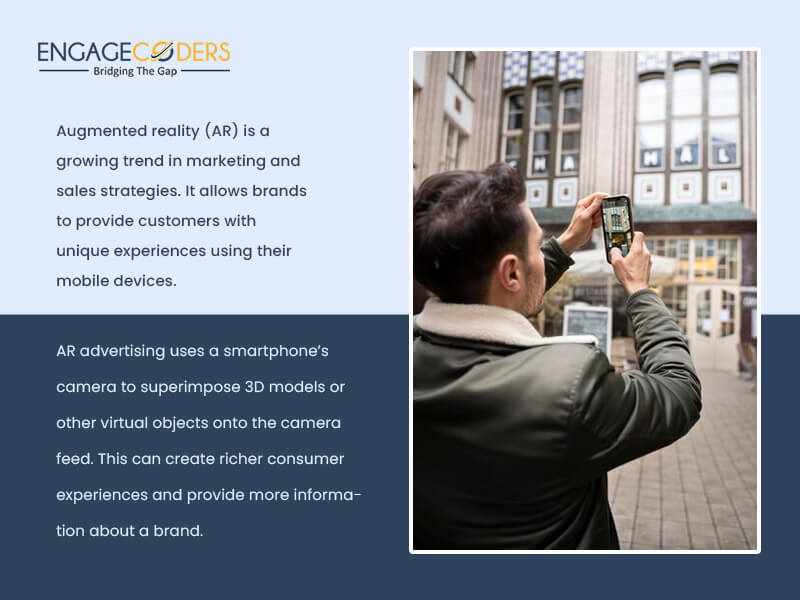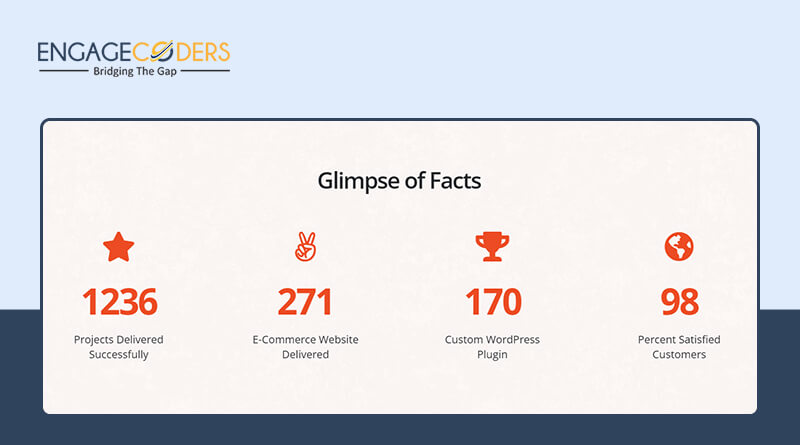Beyond Imagination: OpenAI Introduces Their Text-to-video Model ‘Sora AI’ & It Almost Feels Like Magic!
What is Sora AI? Can it really convert texts into videos? How is it possible to conjure up realistic or imaginative scenes from mere text instructions in just a few minutes?
These are the questions that might be buzzing in your mind if you’ve just discovered Sora AI. The truth is, it’s not just possible, it’s a reality that’s beyond our wildest imaginations.
OpenAI has been at the forefront of developing AI-powered software and tools that have revolutionized industries worldwide. Sora AI is yet another shining example of what AI can achieve and the exciting future it holds.
Let’s make one thing very clear: Sora AI can create videos from text instructions almost in the blink of an eye. OpenAI AI, the brain behind this revolutionary tool, has even started teaching AI to understand and simulate the physical world in motion. Can you believe that?
The text-to-video model Sora can create videos up to one minute in length with top visual quality and adhering to the user’s prompt.
How Does Sora AI Work?
So, how does Sora AI actually work? Well, it starts with what looks like a fuzzy, noisy picture and gradually cleans it up to make a clear video. This process happens step by step, with each step making the video sharper and smoother.
Now, here’s the cool part: Sora can either make an entire video all at once or add more frames to an existing one to make it longer. It’s like giving the model a peek into the future frames so it can keep the same subject in view even if it temporarily disappears.
Just like those GPT models you might have heard about, Sora also uses something called a transformer architecture. This fancy term basically means it’s really good at handling large amounts of data efficiently.
Instead of treating videos and images as big chunks of data, Sora breaks them down into smaller pieces called patches. Each patch is like a puzzle piece that Sora puts together to create the final picture or video. By doing this, Sora can handle all sorts of visual data, whether it’s short or long, high or low quality, or in different shapes and sizes.
Sora isn’t just a standalone genius, though. It’s built on top of some pretty smart technology from other models like DALL·E and GPT. For example, it uses a neat trick called recaptioning from DALL·E 3 to understand and follow text instructions better when generating videos. This helps Sora create videos that match what users ask for more accurately.
But wait, there’s more! Sora isn’t limited to just text instructions. It can also take a single image and turn it into a whole video, adding movement and detail to every part. It can even fill in missing frames in an existing video to make it smoother.
Overall, Sora is like the foundation for a whole new generation of AI models that can understand and recreate the real world. It’s a big step towards achieving what’s known as AGI, or artificial general intelligence.
Who Should Consider Using Sora AI?
OpenAI has indicated that it can assess significant areas of risk or harm. Here are some professionals suggested by OpenAI who may derive greater benefit from Sora AI:
- Visual artists
- Designers
- Filmmakers
- Digital Marketers
Specialities of Sora AI
- Help extend any existing videos.
- Creating videos from stills
- Ability to generate complex video scenes with different characters.
- Put a specific type of motion in a video.
- Add accurate details of any background or subject.
- Understanding the things existing in the physical world other than the user prompts.
- A thorough understanding of language.
- Creating interesting characters that can even express vibrant and different emotions.
- Generate different shots with a single video.
Weaknesses of Sora AI
- Struggle with simulating the physics of a challenging scene as accurately as expected.
- Inability to understand certain instances of effect and cause.
- Potential confusion with spatial details of a user’s prompt.
- Problems with accurate descriptions of some events.
Limitations of Sora AI
OpenAI highlights some limitations in the current version of Sora. One notable limitation is that Sora lacks an inherent understanding of physics, meaning it may not consistently follow real-world physical laws.
For instance, Sora struggles with cause-and-effect relationships. In a video showing an explosion on a basketball hoop, the net seemingly restores itself after the explosion, which defies logical progression.
Additionally, Sora may exhibit unnatural shifts in the spatial positions of objects.
Sora AI in Digital Marketing: Potential Uses Cases!
Sora AI presents exciting opportunities in the field of digital marketing. However, we can only tell you about the potential use cases of Sora AI until it becomes publicly available.
If it becomes available for digital marketing, it is going to offer a wide range of innovative use cases, revolutionising marketing strategies. One key application could be in content creation, where Sora can generate engaging visual content such as videos and images tailored to specific marketing campaigns. By leveraging Sora’s capabilities, marketers may produce high-quality, customized content at scale, catering to diverse audience preferences and driving higher engagement rates.
Moreover, Sora AI can significantly streamline the creative process in digital marketing campaigns. With its capacity to generate content autonomously, Sora frees up valuable time and resources for marketers, allowing them to focus on strategy development and campaign optimisation.
Social Media
Did you know that an impressive 75% of mobile users dedicate their time to consuming short-form video content on popular social media platforms such as TikTok, Facebook, Instagram, and YouTube?
So, social media marketers can utilize Sora’s innovative capabilities to transform their text-based content into captivating videos. It will help them in engaging their audience on various social media platforms effectively. By seamlessly converting your written materials into visually compelling videos, you can enhance the impact of your social media marketing efforts and drive higher levels of audience interaction and brand engagement.
Advertising and Marketing
It may be possible to improve the effectiveness of your advertising campaigns with the advanced features offered by Sora. By leveraging Sora’s powerful technology, you can effortlessly generate attention-grabbing videos for different types of ads directly from your written content. Therefore, it ensures that your marketing messages resonate with your target audience and drive increased brand awareness and customer engagement.
Content Creation
Sora AI simplifies and streamlines your content creation process with the help of its cutting-edge technology. By harnessing Sora’s capabilities, you can seamlessly convert your content (of different types) into high-quality videos. This will help you effectively enhance the visual appeal and engagement potential of your marketing materials. As a result, you can produce compelling and dynamic content more efficiently at will.
Partner with our Digital Marketing Agency
Ask Engage Coders to create a comprehensive and inclusive digital marketing plan that takes your business to new heights.
Video Marketing
Sora can assist in taking your video marketing efforts to the next level. It can help you increase engagement, preference, SEO, conversation rates, emotional connections, shareability, etc. With this innovative technology, you can effortlessly create impactful and visually stunning videos from your written scripts or narratives instantly.
Contact Engage Coders – Paving the Way to Your Success in Digital Marketing
The integration of AI technology into video content creation has opened up new possibilities for businesses worldwide. With AI tools like Sora AI, we can effortlessly transform text into visually engaging images and videos, complementing traditional services in the digital marketing landscape. By harnessing the power of AI alongside our expertise, Engage Coders, a leading digital marketing company in Atlanta, USA, offers comprehensive digital solutions tailored to meet the unique needs of businesses.
Get in touch with us today to explore how we can elevate your digital marketing strategy and drive success for your business.
Request a quote now!







